Kyu Sakamoto’s 1963 hit “Sukiyaki” became the only Japanese song to top the US charts due to a mix of cultural influences, musical innovation, and timely market conditions. It was neither purely a result of a widespread American interest in Japanese culture nor a simple anomaly. Instead, it emerged from a unique blend of postwar Japanese adaptation of American music styles, clever marketing, and an eclectic US music scene open to novelty.

After World War II, the United States maintained a significant military presence in Japan. The American occupation, lasting officially until 1952 and with continued military bases thereafter, exposed Japanese musicians to American culture, especially the rockabilly genre. This style, characterized by a fusion of country and blues, originated in the southern United States in the early 1950s. Japanese youths embraced it enthusiastically, creating local covers of popular American songs. This movement included attempts to imitate Southern US accents and vocal styles, even spawning local “Elvis” figures admired for channeling the American rock ‘n’ roll spirit.
Kyu Sakamoto’s early career exemplified this cultural exchange. Influenced heavily by Elvis Presley, he released covers like “G.I. Blues” that solidified his reputation as a Japanese Elvis. Sakamoto adopted Elvis’s vocal stylings closely, including signature techniques like slurring. However, he later shifted toward ballads, culminating in his 1961 release “Ue wo muite arukō,” which was later released internationally as “Sukiyaki.”
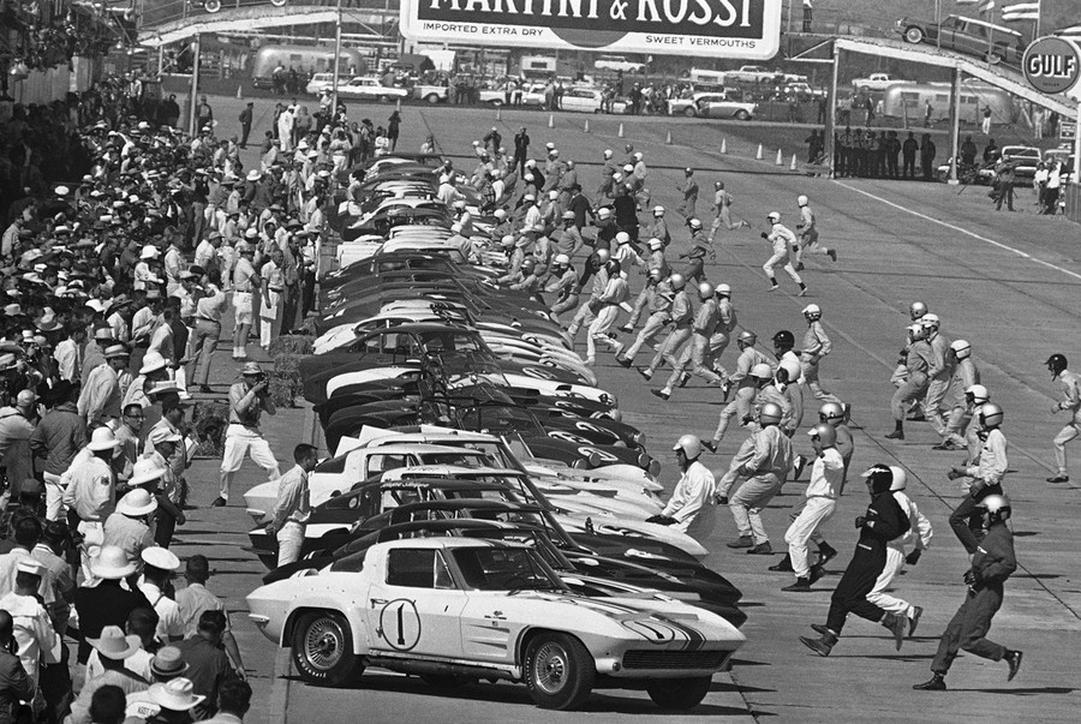
The choice of the title “Sukiyaki” was a marketing decision rather than a reflection of the song’s content. It derived reportedly from a British DJ’s suggestion based on familiar Japanese words like “Fujiyama” and “Geisha,” selected for their recognizability in the West. Although unrelated to the lyrics, the catchy title helped Western audiences remember the song.
Musically, “Sukiyaki” possessed qualities that resonated with Western listeners. The melody employed a pentatonic scale common in Japanese music but was arranged in a major key, making it sound more familiar and accessible to American ears. Sakamoto’s polished vocal style reflected his rockabilly roots while maintaining a distinct Japanese flavor. This balance allowed the track to avoid sounding like a parody and instead presented a respectful, engaging foreign tune.
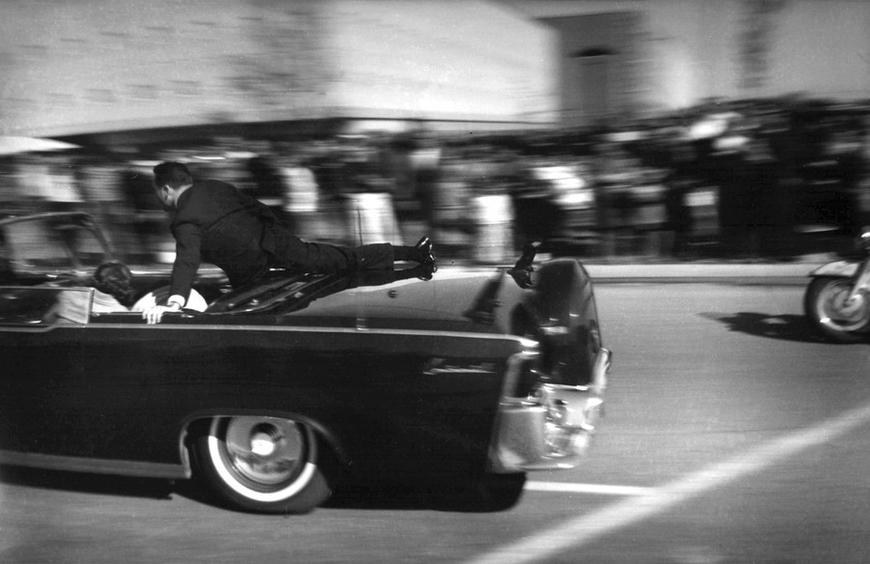
The song first gained traction in Europe, spreading naturally via DJs and radio stations. This organic growth extended to the United States, particularly on the West Coast, where a vibrant and experimental music scene welcomed novelty and foreign influences. At the time, the US music market was fluid, featuring a mix of rock, pop, and emerging genres. This environment allowed “Sukiyaki” to cross over despite its Japanese lyrics—a rare feat.
Its triumph was accompanied by high sales, including Gold Record status, and notable television appearances, like the Steve Allen Playhouse. Critics remarked that the song symbolized the progress of postwar Japan’s cultural comeback. However, subsequent releases by Sakamoto, such as “Shina No Yoru,” did not achieve comparable success, indicating that “Sukiyaki”‘s hit status was exceptional rather than indicative of sustained American interest in Japanese music.
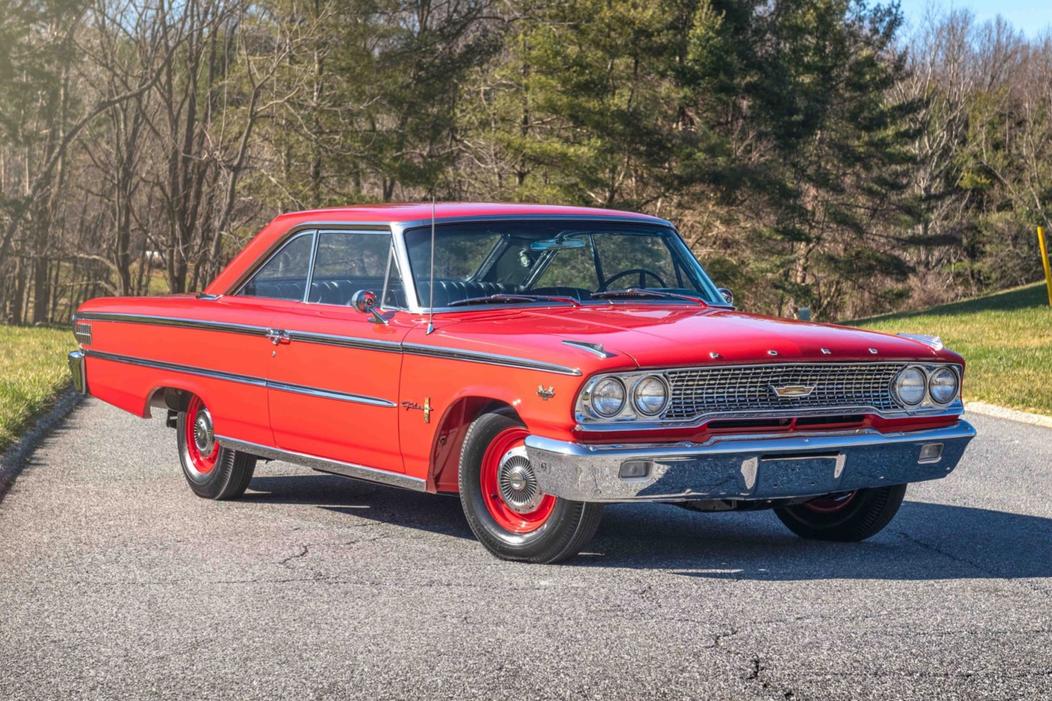
The 1960s US audience had some fascination with foreign music framed as novelty. Imports often fulfilled adult listeners’ desire for fresh sounds beyond domestic productions. “Sukiyaki” fit this niche perfectly—distinct yet accessible. While mild Orientalist fascination played a role, it was subtle and did not deter popularity. The song’s chart-topping status resulted from a confluence of cultural exchange, musical craftsmanship, effective promotion, and a receptive market.
| Factor | Contribution to Sukiyaki’s US Success |
|---|---|
| Postwar US-Japan Cultural Exchange | Introduced American rockabilly style influencing Sakamoto |
| Sakamoto’s Musical Style | Blend of Elvis-inspired vocals and Japanese melodies |
| Title Selection | Simple, memorable Western-friendly name |
| International Spread | Organic DJ-driven popularity in Europe and US |
| US Music Market Openness | Appetite for novelty and foreign sounds in early 1960s |
- US military presence post-WWII shaped Japanese popular music direction.
- Kyu Sakamoto evolved from rockabilly imitation to international ballad success.
- “Sukiyaki” leveraged a Western-friendly melody and simple, exotic title.
- Gradual spread via European and US DJs created organic momentum.
- US market favored novelty during a transitional music era.
- Subsequent releases failed to match initial success, confirming one-hit wonder status.
How Did Kyu Sakamoto’s “Sukiyaki” Top the US Charts in 1963? A Deep Dive into a Japanese-American Musical Phenomenon
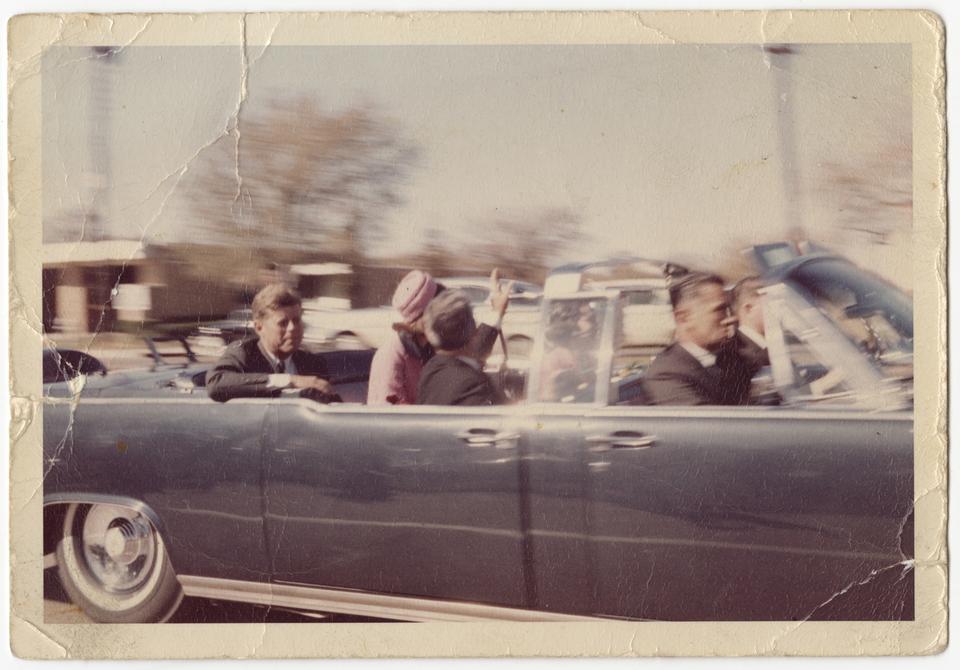
In 1963, Kyu Sakamoto’s “Sukiyaki” became the only Japanese song to hit number one on the US Billboard charts, an astounding feat given the language and cultural barriers. So, how did this happen? Was the American public suddenly fascinated by Japanese culture, or was it just a happy accident in a quirky music market? Let’s peel back the layers behind this unique musical landmark.
Postwar Japan Meets American Cultural Currents
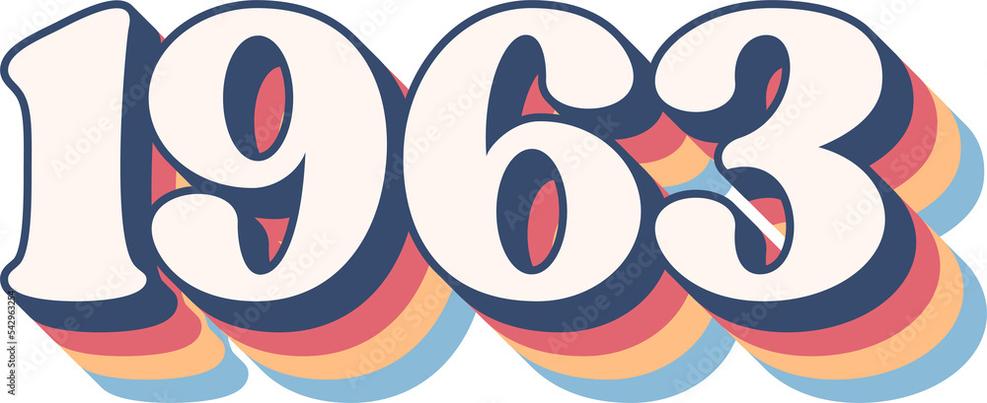
It all begins with history. After World War II, Japan wasn’t quite “on its own” again until 1952, with the US military presence lingering—and still present today. This occupation wasn’t just military; it ushered in waves of American culture sweeping through Japanese society. Pop culture, music, and fashion styles from the US charmed and challenged the Japanese, largely emanating from military bases scattered throughout the country.
This cultural exchange laid the groundwork for a new Japanese pop music scene. Japanese musicians eagerly absorbed the rockabilly style pioneered in the US South—think Elvis Presley meets Tokyo streets. They mimicked the southern US accent and blended country and blues rhythms, sparking a Japanese rockabilly genre with groups covering hits like Elvis’s “Heartbreak Hotel.” By 1958, Japan had its own “Elvis” enthusiasts and even large festivals featuring these wild musical acts, though the older generation and Western media sometimes mocked these efforts as “apelike mumblings.”
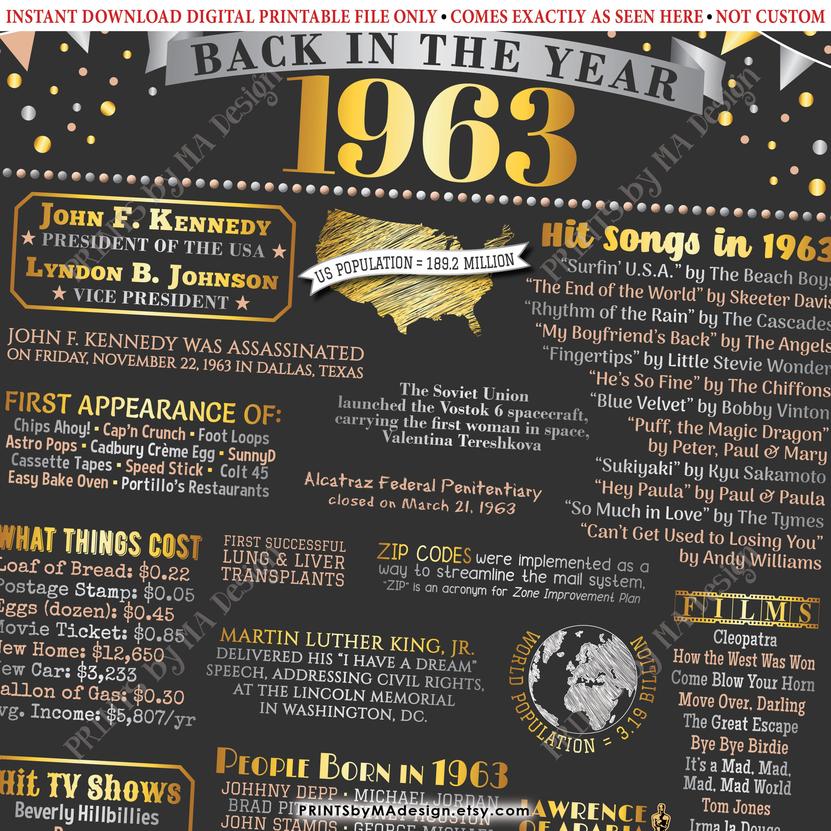
Kyu Sakamoto: The Real Japanese Elvis
Enter Kyu Sakamoto. He emerged amid this cultural blend, starting with rockabilly covers like “G.I. Blues” in 1961, his vocals heavily inspired by Elvis’s style. He perfected his slurring, crooning, and stage presence, earning the title of “the Real Japanese Elvis.”

But the twist? His breakthrough didn’t come with rockabilly but with a heartfelt ballad: Ue wo muite arukō, later known as “Sukiyaki” outside Japan. This soft, melodic tune departed from the energetic dance beats of rockabilly, showing his versatility.
Why the Odd Name “Sukiyaki”?
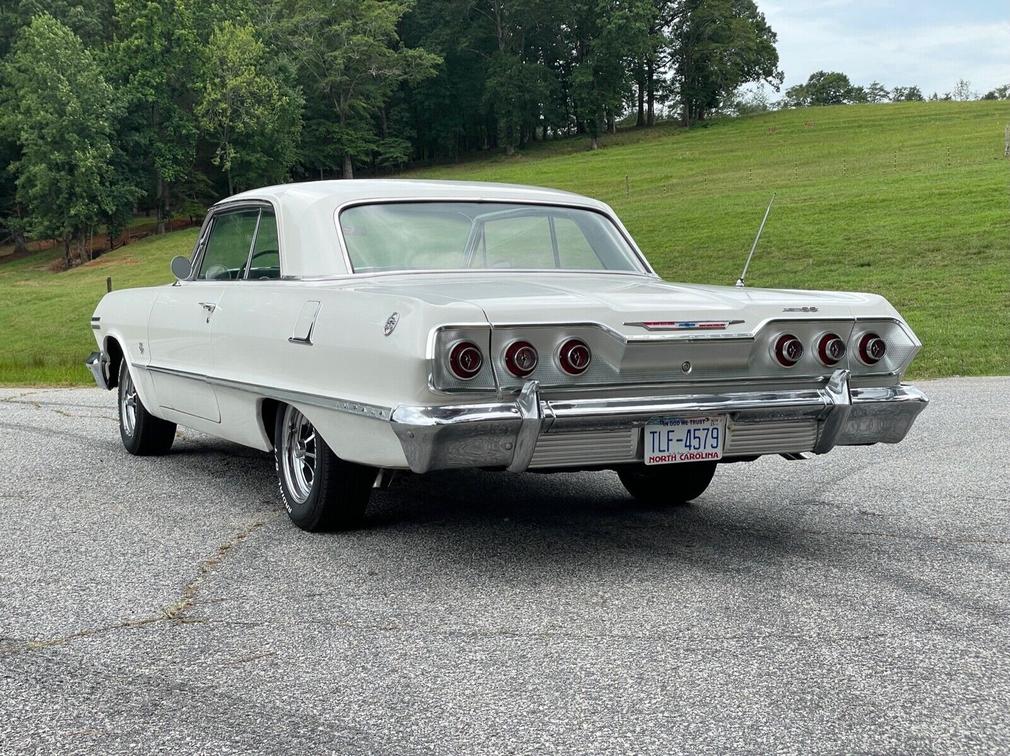
Here’s a fun tidbit: the song’s international title doesn’t relate at all to its lyrics. Legend has it a British DJ playing the song only knew three Japanese words: “Fujiyama,” “Geisha,” and “Sukiyaki.” He picked “Sukiyaki,” a type of Japanese hotpot, simply because it was catchy and recognizable to Western ears. So, the famous title is essentially an accidental branding decision that stuck worldwide.
The Perfect Blend: Why Did “Sukiyaki” Take America by Storm?
- Musical Style: The song blends Japanese pentatonic scales with a major key, giving it a Western-friendly sound while retaining an unmistakable Japanese essence.
- Genuine Influence: Sakamoto’s style was rooted in US military base music influences — a genuine adoption of Elvis-style crooning rather than a parody. This authenticity made the tune accessible.
- Viral Radio Spread: After a European release in 1962, the song spread organically across DJs and radio stations, catching on among US West Coast stations in early 1963. This “grassroots” music circulation helped bypass traditional industry gatekeepers.
- Novelty Factor: The early 1960s US music scene was a little wild. Genres were in flux, and listeners sought fresh sounds. Foreign tunes, novelty songs, and anything outside the mainstream caught the adult market’s attention.
Put simply, “Sukiyaki” hit a sweet spot: a foreign yet friendly sound, delivered with genuine talent and introduced at a time when the American music scene was craving something new.
What About Broader Interest in Japanese Culture?
Was America suddenly keen on all things Japanese? Nope, not really. While “Sukiyaki” enjoyed remarkable success, it didn’t signal a sweeping craze for Japanese culture. Instead, the hit contained mild Orientalism that was light enough to feel intriguing but didn’t overwhelm American sensibilities.
Japanese rockabilly and pop culture remained niche outside Japan. And though some American artists covered foreign songs around that time—mostly Italian hits—the general trend was more about novelty than genuine cultural immersion.
Follow-Up Attempts and the One-Hit Wonder Status
Sakamoto tried to follow up with “Shina No Yoru” (“China Nights”), but the song only reached #58 on the US charts. Why? Unlike “Sukiyaki,” it lacked organic grassroots promotion and was perceived differently stylistically. Plus, the “pressure to produce another hit” might have limited its authenticity—a common pitfall in the music world.
So, while Sakamoto gained brief celebrity, he remained a one-hit wonder in American eyes, cementing “Sukiyaki” as a unique phenomenon rather than the beginning of a wave.
What Does This All Tell Us About the 1960s US Music Market?
Back then, musical tastes were like a kaleidoscope—constantly changing and full of surprises. By the early 60s, rock ‘n’ roll had evolved, and new genres competed for attention. The market was open, experimental, and hungry for novelty. This openness allowed foreign artists like Kyu Sakamoto to break through, even singing exclusively in Japanese.
Also, the song’s adoption and adaptation of a pentatonic scale made it easier on Western ears, aligning somewhat with familiar musical frameworks. Listeners got the pleasing blend of exotic and familiar, creating the perfect conditions for “Sukiyaki” to soar.
Lessons from “Sukiyaki”: Authenticity Meets Opportunity
“Sukiyaki” wasn’t just a fluke. It was the result of sincere artistic talent meeting a unique set of circumstances.
Here’s what aspiring artists and music marketers can learn:
- Authenticity Wins: Sakamoto’s deep knowledge and genuine embrace of American rock styles (particularly Elvis’s) made the song credible.
- Organic Growth Matters: Viral spread through DJs and radio, rather than forced promotion, created lasting impressions.
- Bridging Cultures: Using musical elements familiar to Western ears made “Sukiyaki” more palatable without erasing its cultural identity.
- Timing Is Everything: The US music scene was ripe for something new and different.
Would a Japanese-language song top US charts today? Possibly. But in 1963, “Sukiyaki” broke barriers by blending American influence, Japanese artistry, and a slice of happenstance—plus the power of a sushi dish name that stuck.
Final Thought
In the end, “Sukiyaki” stands as a fascinating musical bridge, caught between two cultures at a pivotal historical moment. It’s not just a catchy tune but a story of postwar cultural exchange, artistic adaptation, and the quirky winds of music industry fate.
So, next time you hum “Sukiyaki,” remember: The song is a little slice of history, where Japanese rockabilly met American airwaves—and created an unforgettable moment in pop culture.


